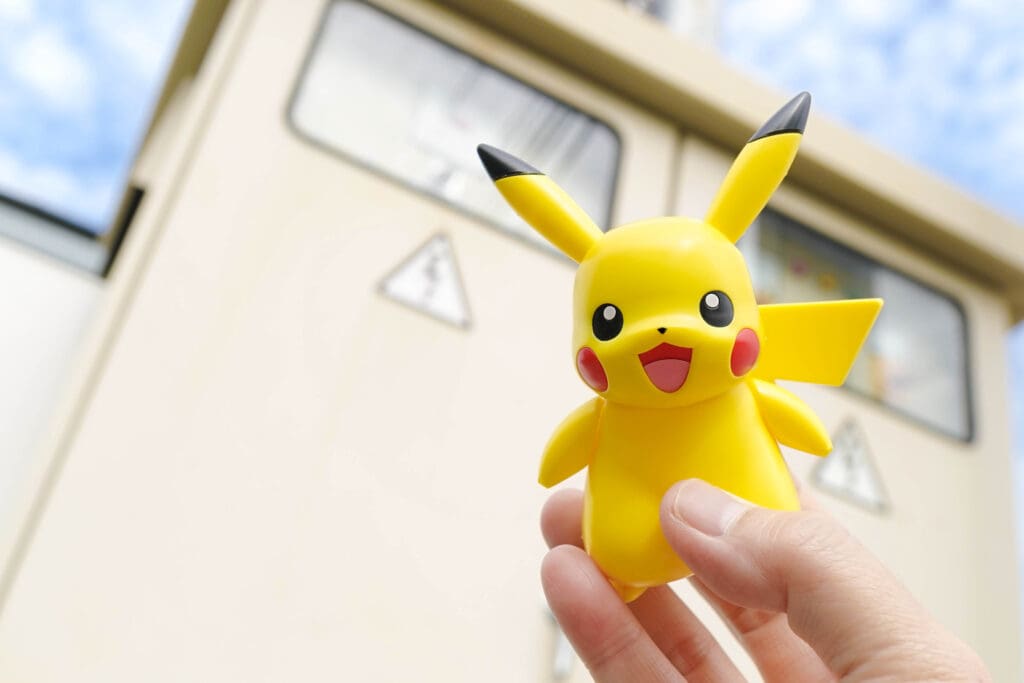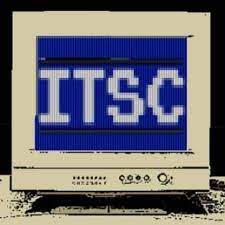
 One of the first pieces of malware designed to target children turns 25 this month. Take a look back in this edition of Tech Time Warp.
One of the first pieces of malware designed to target children turns 25 this month. Take a look back in this edition of Tech Time Warp.
First detected in June 2000, the Pikachu Pokémon or “Pokey” virus played on a user’s warm feelings for the iconic Pokémon character with yellow fur and a lightning bolt tail. A surprise email would arrive, inviting the user to visit Pikachu on his website. The email also contained a tempting attachment, promising a bouncing Pikachu animation.
Sounds like fun, right? Unfortunately, this Pikachu was not your friend.
Similar to the ILOVEYOU virus, which had spread like wildfire earlier in 2000, the Pikachu virus spread via Microsoft Outlook. The promised “animation” was in reality an executable that made changes to configuration files and destroyed Windows directories. If you were proactive enough to run up-to-date antivirus software, you at least received a warning before your important files were deleted.
The Pokémon craze has attracted the attention of cybercriminals in all of its iterations. In 2016, when everyone and their brother played Pokémon Go, users received phishing emails claiming the free game would be discontinued and that they needed to pay $12.99 per month to keep playing. That was a hoax designed to trick users into handing over their email credentials. Scammers also targeted Europeans eager to play Pokémon Go before the game’s release in Europe. Anxious players turned to third-party app stores and downloaded fake versions of the game, nefariously designed to take over their phones.
On average, more than 115 million people still play Pokémon Go each month. Let this serve as a warning. Watch out, or you might catch more than you bargained for.
Did you enjoy this installation of SmarterMSP’s Tech Time Warp? Check out others here.
Photo: 464495027 / Shutterstock
This post originally appeared on Smarter MSP.

